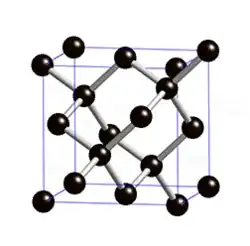Theories whose behavior would qualitatively change if their couplings were not fine-tuned to particular values are often dismissed as "unnatural" (in high-energy physics) or "unrealistic" (in condensed-matter physics), while theories whose couplings are constrained by symmetry requirements are happily accepted. Why is this? A symmetry constraint can be thought of as just a collection of fine-tunings that has some unifying pattern.
For example, a complex scalar field Lagrangian $$\mathcal{L}_1 = \partial_\mu \varphi^\dagger \partial^\mu \varphi - m^2 \varphi^\dagger \varphi - \lambda \left( \varphi^\dagger \right)^2 \varphi^2 \tag{1}$$ with a global $U(1)$-symmetry $$\varphi \to e^{i \theta} \varphi$$ can be thought of as a general Lagrangian $$\mathcal{L}_2 = \partial_\mu \varphi^\dagger \partial^\mu \varphi - m^2 \varphi^\dagger \varphi - m'^2 \left( \left( \varphi^\dagger \right)^2 + \varphi^2 \right) - \lambda \left( \varphi^\dagger \right)^2 \varphi^2 - \lambda' \left( \left( \varphi^\dagger \right)^4 + \varphi^4 \right) - \dots\tag{2}$$ in which the primed couplings have all been fine-tuned to zero. (Things are admittedly more complicated in the case of gauge quantum field theories, because in that case the gauge symmetry requires you to modify your quantization procedure as well). This kind of "fine-tuning" is a little less arbitrary than the usual kind, but arguably it's not much less arbitrary.
